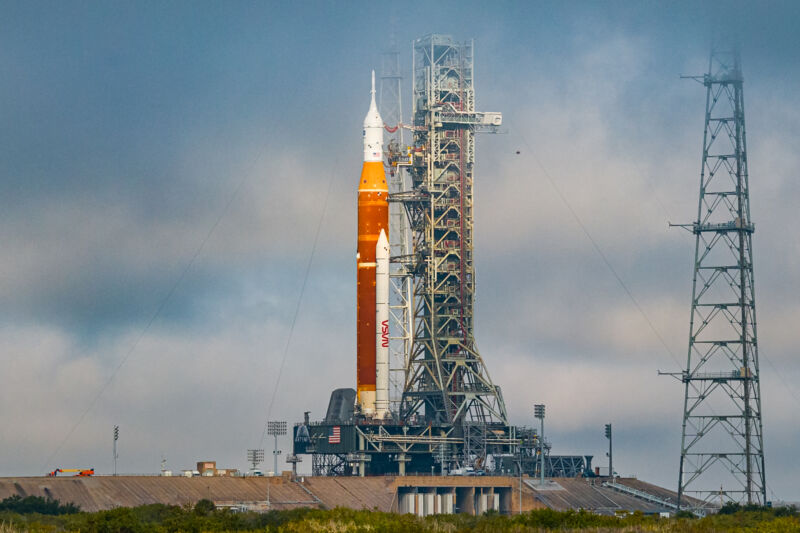
Welcome to Edition 5.08 of the Rocket Report! This weekend I'll be traveling to the Artemis I launch in Florida on Monday. It's remarkable that launch day is finally here for NASA's big rocket and a big moment for the space agency, which has not launched its own rocket since 2011, and the final flight of the space shuttle. Here's hoping everything goes well with the launch and Orion's flight to the Moon.
As always, we welcome reader submissions, and if you don't want to miss an issue, please subscribe using the box below (the form will not appear on AMP-enabled versions of the site). Each report will include information on small-, medium-, and heavy-lift rockets as well as a quick look ahead at the next three launches on the calendar.

Firefly sets September 11 launch date. The Texas-based launch company announced this week the launch window for the second flight of its Alpha rocket. The window for the launch from Vandenberg Space Force Base in California opens at 3 pm local Pacific time (22:00 UTC). Alpha's first test flight, in September 2021, ended in failure 150 seconds into the flight after a problem with one of the rocket's four main Reaver engines.
Some tiny tag-alongs ... For its second demonstration flight, Alpha will attempt to launch multiple satellites to low Earth orbit at an altitude of 300 km. Payloads include a 3U Cubesat for NASA and a 3U Cubesat for Teachers in Space to collect atmospheric data for the education community. The launch will be hosted and streamed by Tim Dodd, the Everyday Astronaut. (submitted by Ken the Bin)
Relativity completes 20-second stage test. This week Relativity chief executive Tim Ellis said the company completed a 20-second test firing of its Terran 1 rocket's first stage. In doing so, Ellis said on Twitter that the company remains on track to become the first liquid oxygen-methane rocket to reach orbit. The company completed the test on its launch mount at Launch Complex 16 in Cape Canaveral, Florida.
Print your way to space ... The full video of the test, with sound, is quite excellent, and I recommend watching it. Next up for the company is completing a full-duration hot-fire test of the vehicle, which is the final major step before the rocket's debut launch. Relativity is working in parallel to obtain the necessary licenses to launch the rocket, which is capable of lifting more than 1 metric ton to orbit.
Canadian spaceport completes design review. The spaceport firm Maritime Launch Services has completed the preliminary design review for its proposed Spaceport Nova Scotia, SpaceQ reports. The spaceport, if completed, would be Canada’s first active launch site in decades and its only current orbital launch site. The Nova Scotia site could support a suborbital launch in 2023, followed by an orbital attempt in 2024, on its current timeline.
Construction to begin soon ... Stephen Matier, president and CEO of Maritime Launch Services, said the design review encompasses "the integration facility, processing facility area, the launch pad area, the launch control center, all the aspects of transportation and supply of material propellants... every aspect of the project is wrapped up in the term." An access road has already been completed, with construction expected to start "imminently," Matier said. (submitted by JS)


3175x175(CURRENT).thumb.jpg.b05acc060982b36f5891ba728e6d953c.jpg)



Recommended Comments
There are no comments to display.
Join the conversation
You can post now and register later. If you have an account, sign in now to post with your account.
Note: Your post will require moderator approval before it will be visible.